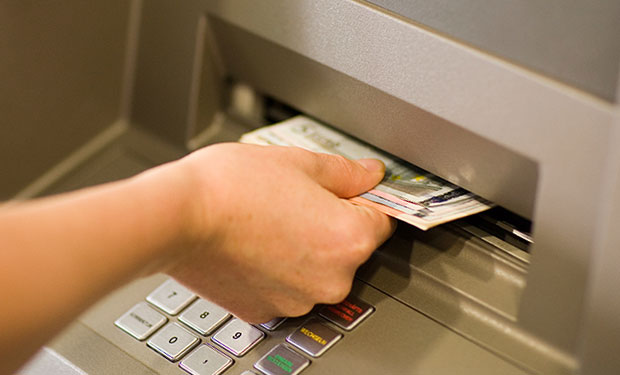Hacking the ATM – Get much more money than you withdraw
Introduction
In today’s digital age, ATMs have become an integral part of our lives, providing convenient access to cash. However, what if there was a way to maximize the amount of money you can withdraw from an ATM? In this article, we delve into the intriguing world of “Hacking the ATM – Get much more money than you withdraw.” We explore the topic from an educational perspective, shedding light on the security vulnerabilities, prevention measures, and ethical implications associated with ATM systems.
Get much more money than you withdraw: How Does it Work?
Hacking an ATM to obtain more money than you withdraw involves exploiting security weaknesses in the machine’s software, hardware, or network infrastructure. By understanding these vulnerabilities, attackers can manipulate the system and trick it into dispensing larger sums of money.
The Evolution of ATMs and Security Measures
ATMs have come a long way since their inception. Initially introduced in the late 1960s, these machines have revolutionized the way we interact with banks and access cash. Over the years, ATM manufacturers and financial institutions have implemented numerous security measures to protect against fraudulent activities and ensure user safety.

From the ATM Guideline PDF:
“To access the Operator Function menu,
To set the denomination on the first cassette,
To set the denomination on the second cassette
Press the Second CST Denomination button and then using the main keypad enter the type of bill. Options are $0, $1,$5, $10, $50, and $100.”
To save you from a lot of hustle, these are the default codes for ATM machines.
- Master = 555555
- Service = 222222
- Operator = 111111
Rather than risk the illegitimate transaction being linked to the only atm card I have (mine), here’s why
I’ll be on the lookout for a Tranny 1500:
- Step one: turn off the damn surcharge (pg. 3.23) I hate that *****.
- Step two: change greeting (3.25) to something questionably witty (All your….)
- Step three: Set fast cash to an extremely high amount. C’mon people, do you really need to save the extra TEN SECONDS it takes to complete a full ATM transaction? Is pressing the buttons workout? You suck.
- Final step: create a “value coupon” (3.30) to be received by the next ATM customer for “half off your pwned-ass ATM”
And if you think it’ll take me too long to do this, I’m just going to dress up as an old person.
Common Security Measures in ATMs
To mitigate potential risks, ATMs incorporate a range of security measures, including:
- PIN (Personal Identification Number): The PIN acts as a primary security barrier, allowing only authorized individuals to access their accounts.
- Card Authentication: ATMs use various techniques, such as magnetic stripe reading, chip technology, or contactless methods, to authenticate the inserted card and validate its legitimacy.
- Encryption: Data transmitted between the ATM and the banking network is encrypted to prevent interception and unauthorized access.
- Surveillance Systems: ATMs are typically equipped with surveillance cameras to monitor transactions and deter criminal activities.
- Physical Security: ATMs are designed to withstand physical attacks, featuring reinforced structures, anti-skimming devices, and tamper-evident mechanisms.
Understanding ATM Vulnerabilities
Despite the extensive security measures implemented in ATMs, they are not impervious to vulnerabilities. Understanding these weaknesses is crucial for financial institutions and manufacturers to continually improve their defenses against potential attacks.
Software Vulnerabilities
ATM software is developed by various vendors, and like any other software, it may contain vulnerabilities that hackers can exploit. Software vulnerabilities can arise from coding errors, poor encryption implementation, or insufficient security testing.
Hardware Vulnerabilities
The physical components of an ATM, such as card readers, keypad overlays, or cash dispensers, can also be vulnerable to manipulation or tampering. Attackers may employ techniques such as skimming or installing malicious devices to intercept user data or manipulate the machine’s functionality.
Network Vulnerabilities
ATMs are connected to banking networks, which introduce another potential point of weakness. A compromised network connection could allow attackers to intercept sensitive data or gain unauthorized access to the ATM system.
You can also buy instant:


Cashapp Money Transfer Click here
Paypal Money Transfer Click here
Western Union Money Transfer Click here
Venmo Money Transfer Click here
Bank Money Transfer Click here to Contact Us

